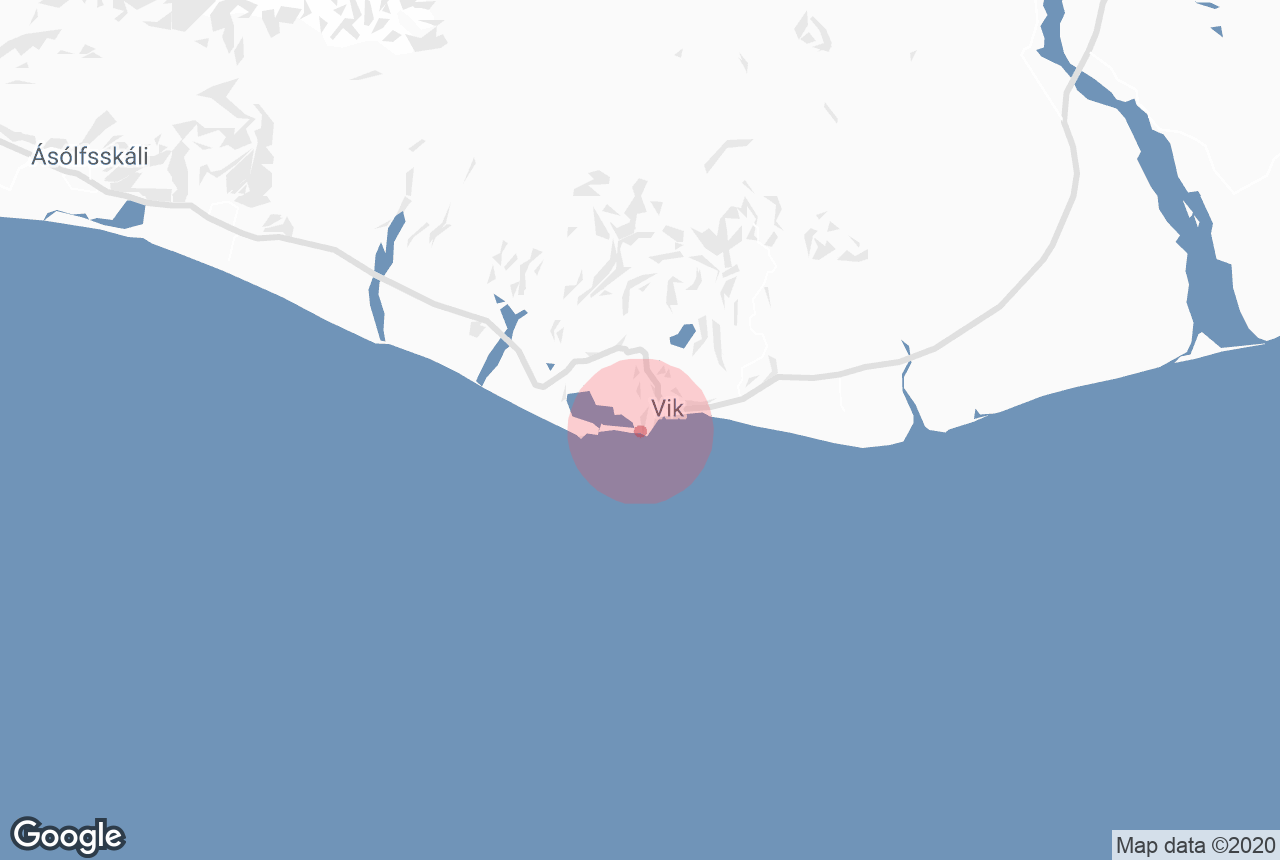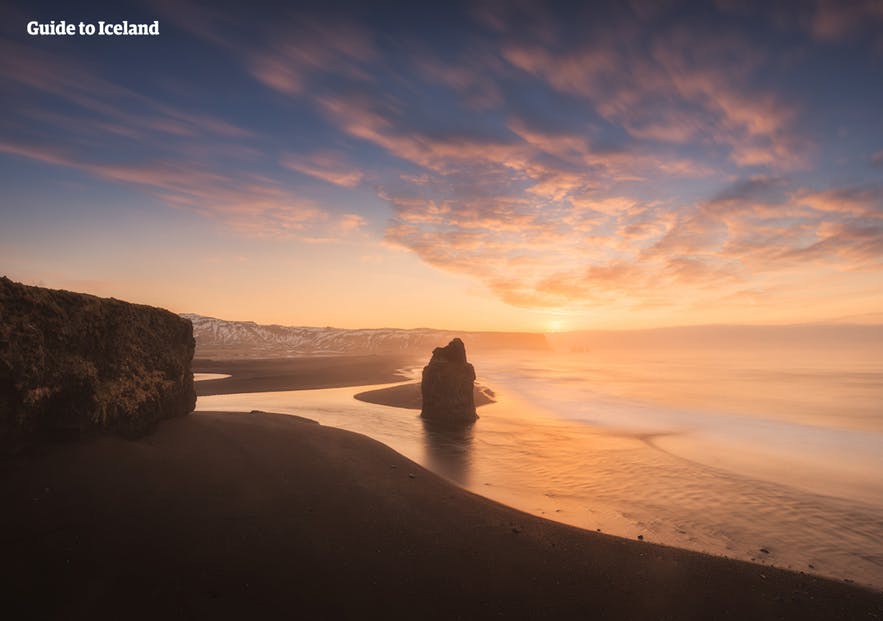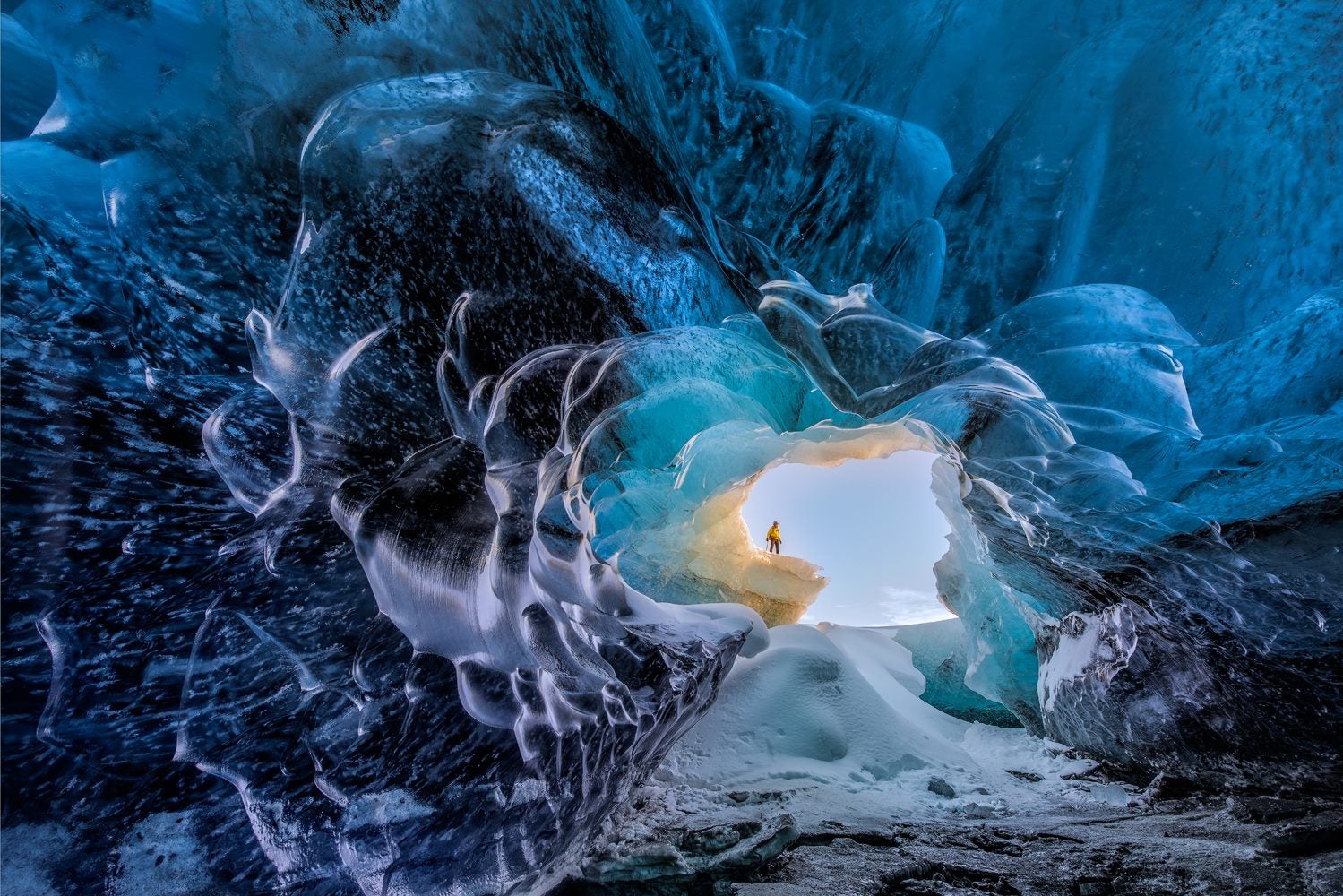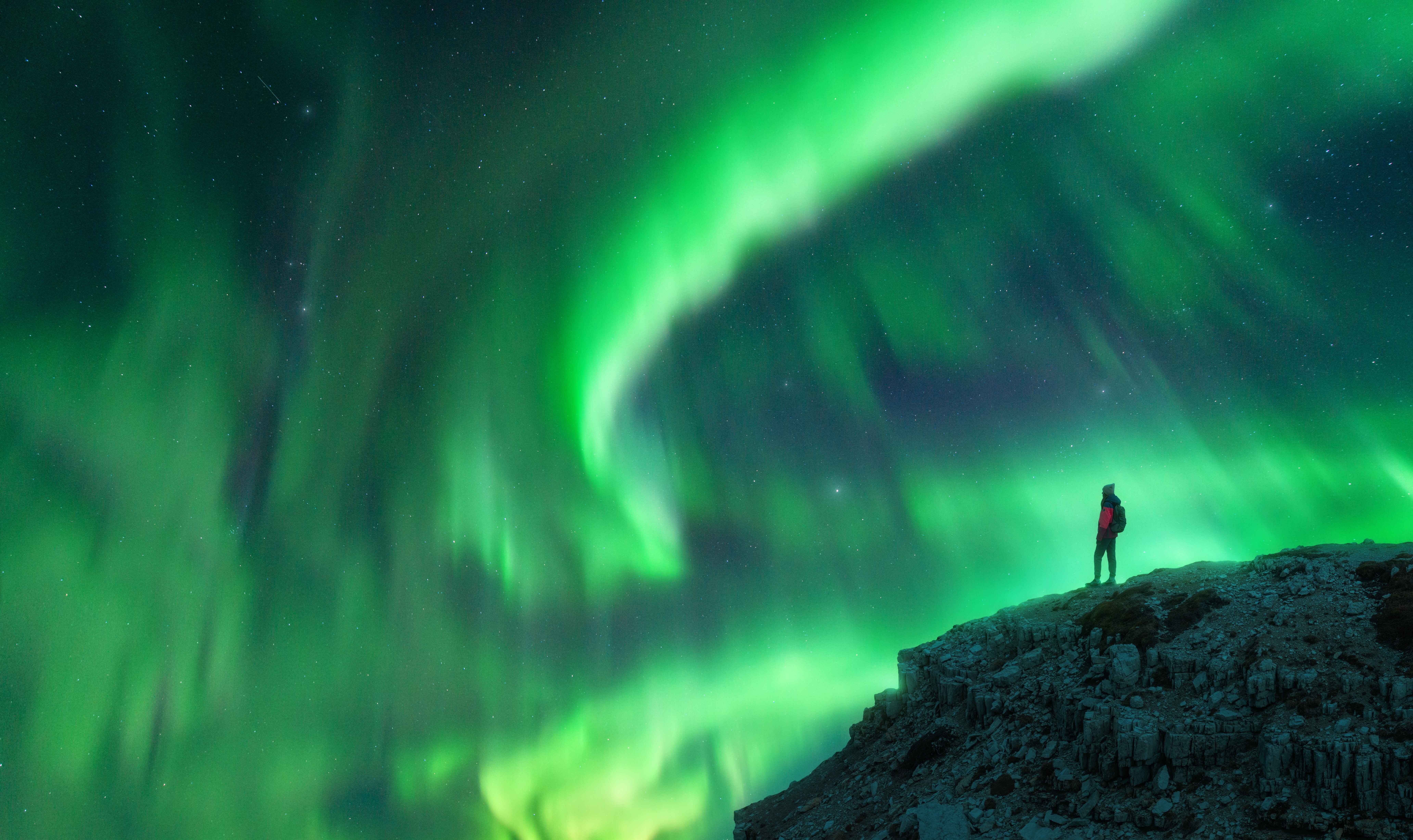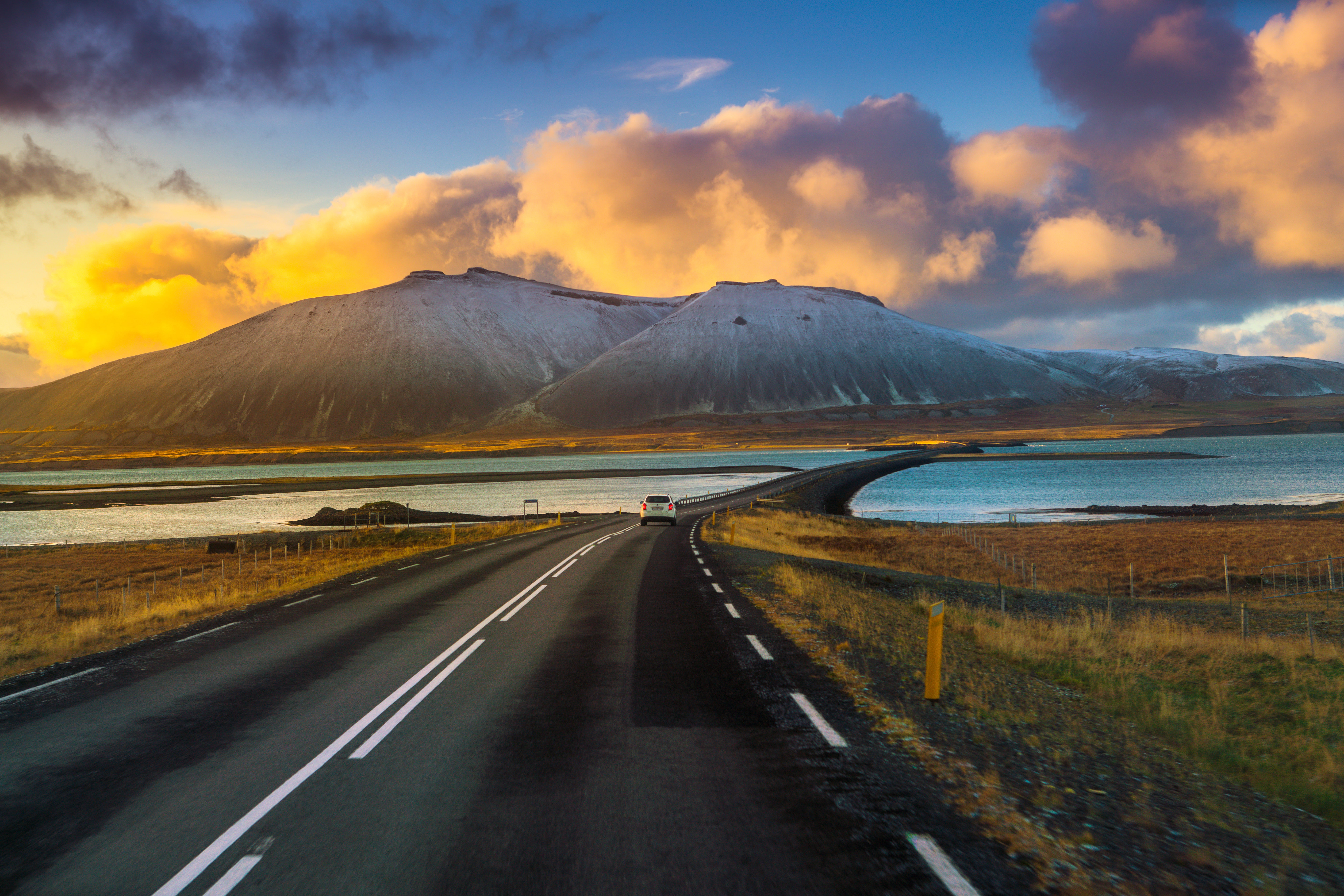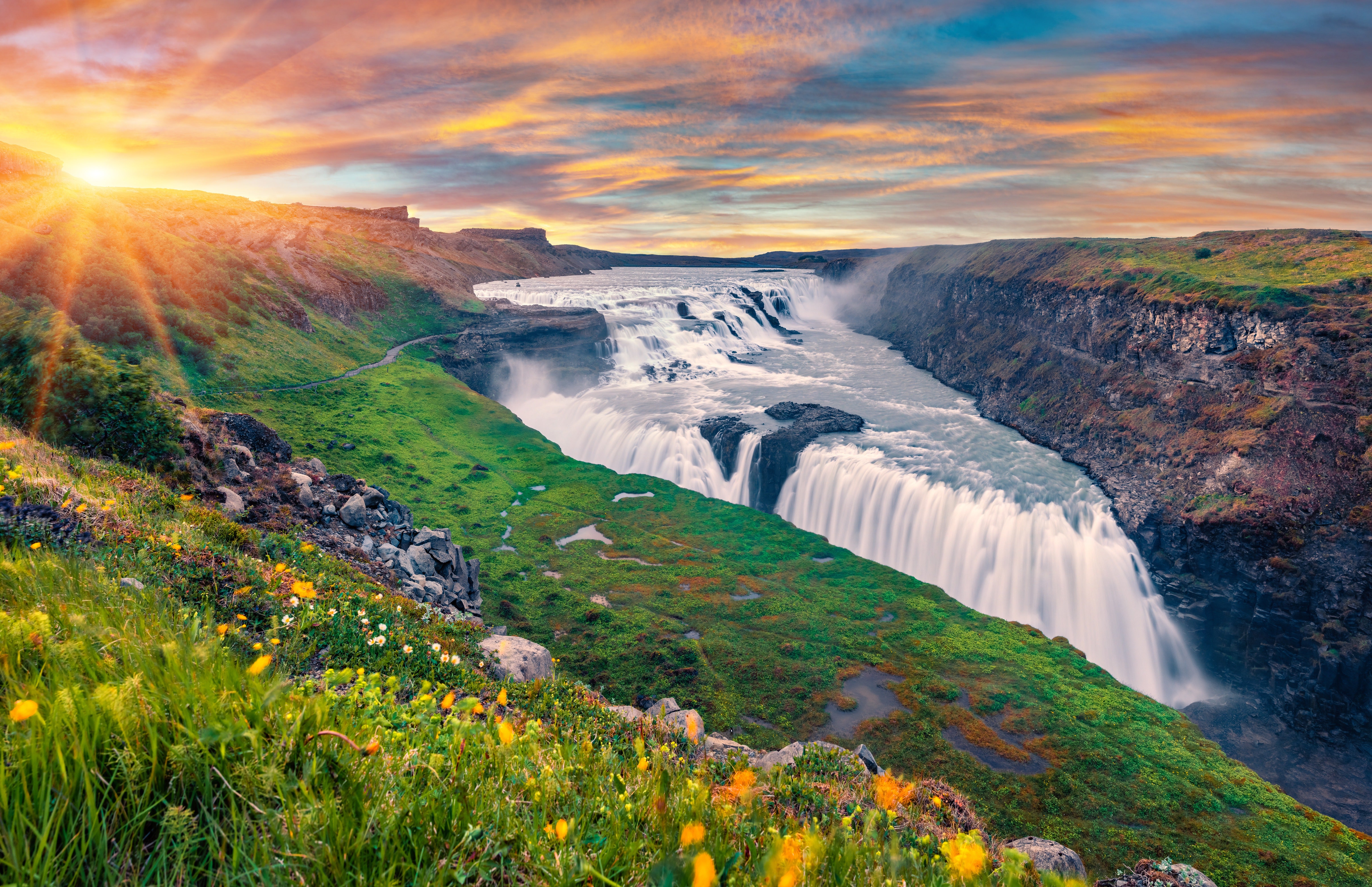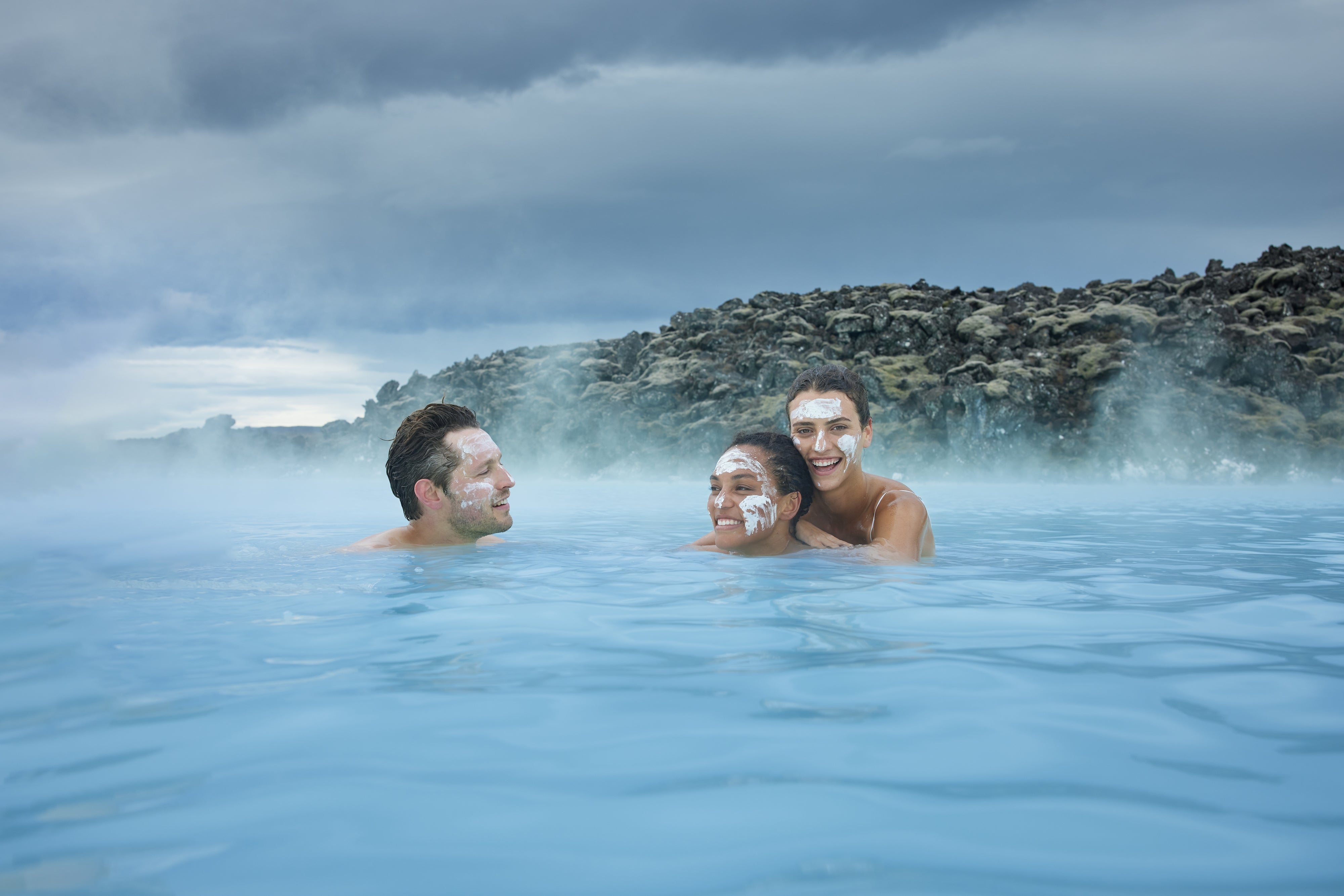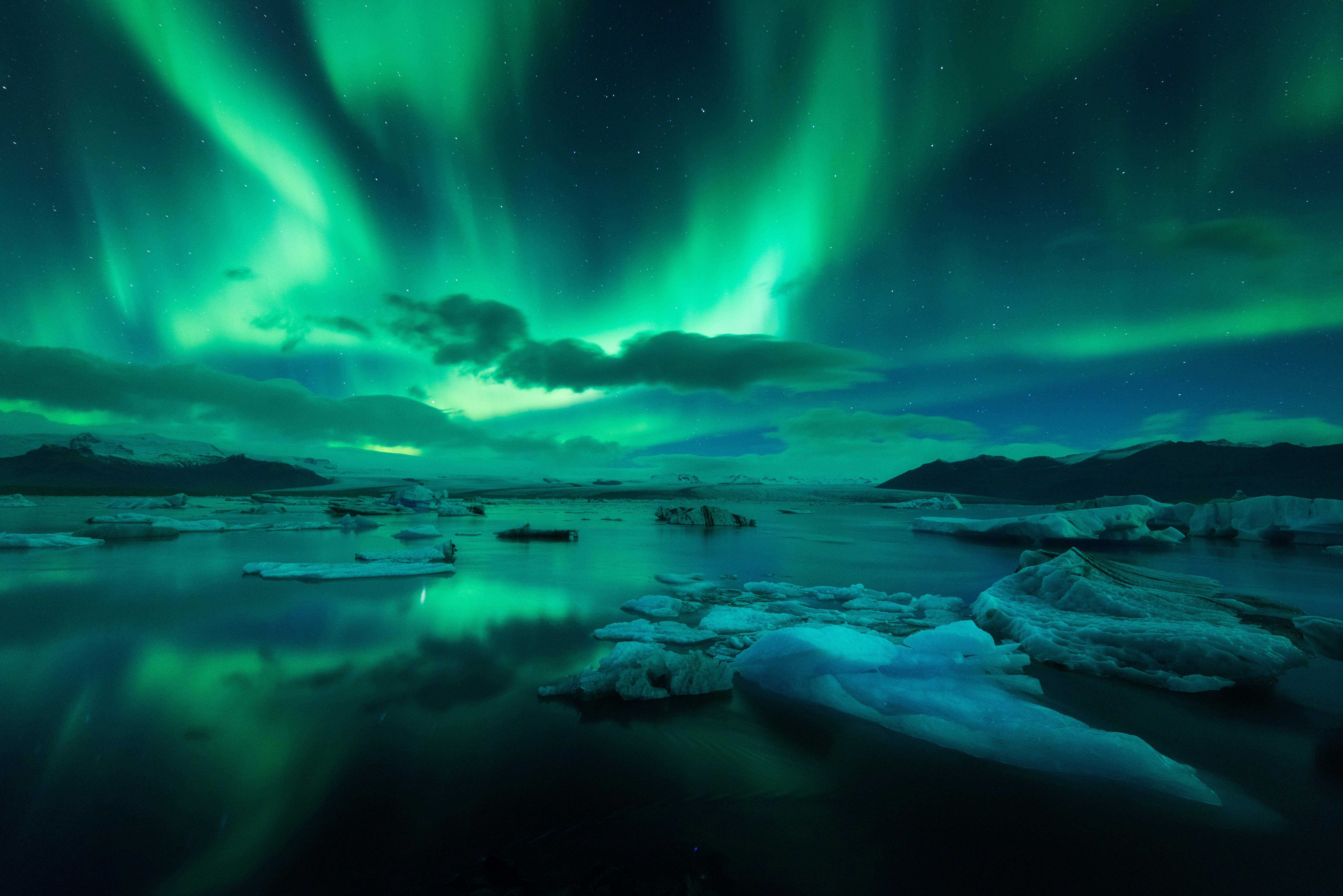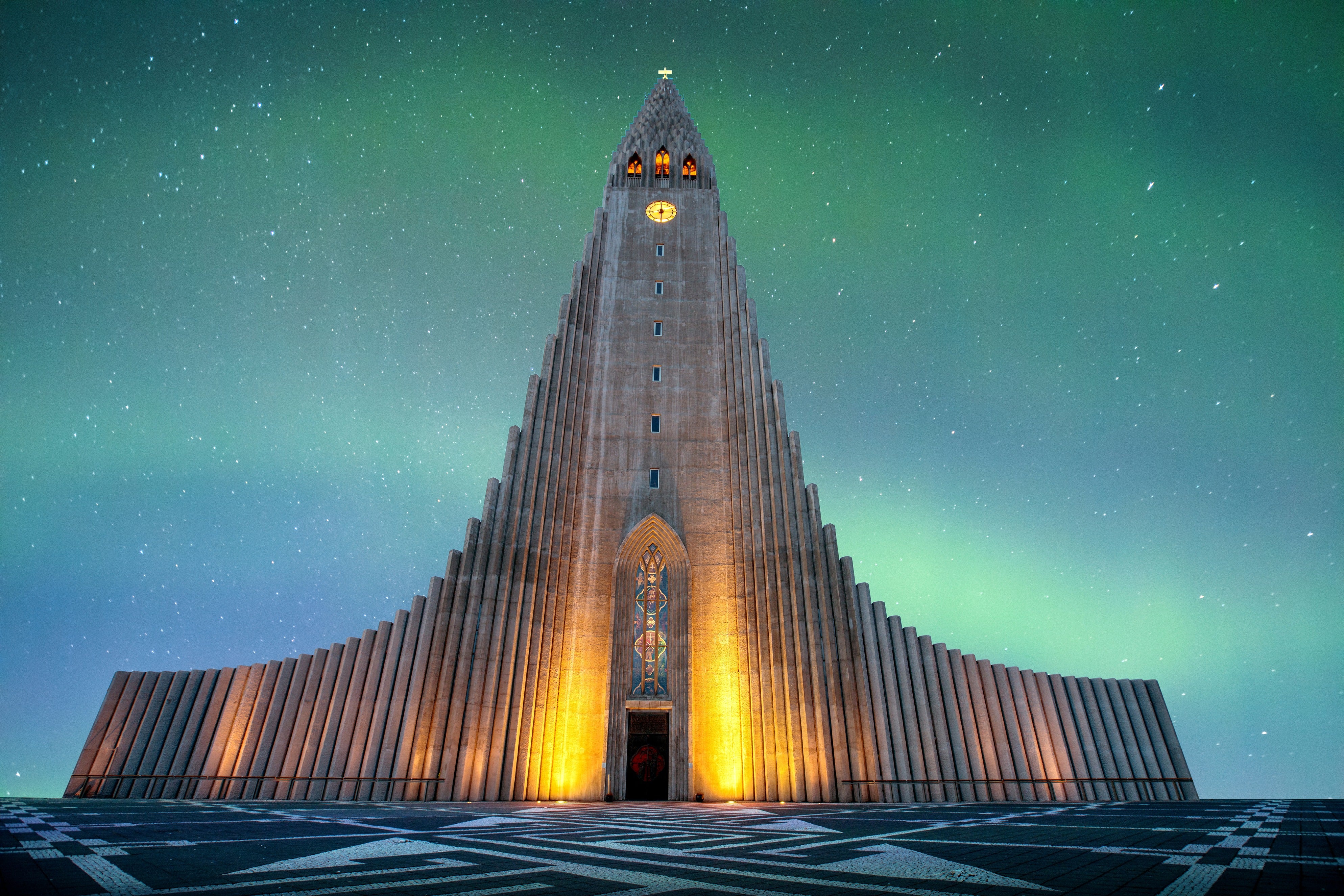Рейнисфьяра – всемирно известный пляж с черным песком на южном побережье Исландии, рядом с рыболовецкой деревушкой Вик-и-Мирдаль, которая является самым южным населенным пунктом главного острова Исландии.
Посещение Рейнисфьяры входит во многие туры по южному побережью и почти все автомобильные автотуры по Исландии.
Почему вы можете доверять нашему контенту
Guide to Iceland — самая надёжная туристическая платформа в Исландии, которой ежегодно пользуются миллионы путешественников. Весь наш контент пишется и проверяется местными экспертами, отлично знающими страну. С нами вы всегда получаете точные, актуальные и заслуживающие доверия советы для своего путешествия.
Как добраться до Рейнисфьяры
Колоссальные базальтовые столбы, могучие волны Атлантики и невероятные пейзажи – все это делает Рейнисфьяру самым красивым представителем черных пляжей Исландии. В 1991 году издание National Geographic включило его в десятку самых красивых нетропических пляжей нашей планеты.
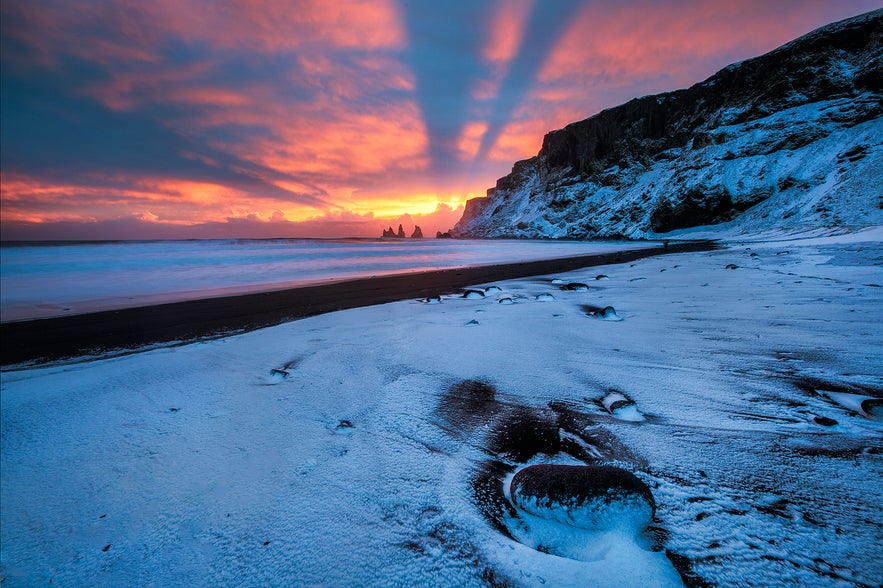
Доехать до пляжа очень просто – всего два с половиной часа от столицы по трассе № 1. Поездка в обе стороны может уложиться в полдня, а если совместить с другими достопримечательностями – в один день. Если вы решите поехать туда самостоятельно, без экскурсий, можете посмотреть крупнейшую в Исландии подборку арендных машин по самым низким ценам.
Фольклор
Каждый турист, едва вступив на пляж Рейнисфьяра, сразу же обращает внимание на каменные колонны чуть вдали от берега. Они называются Рейнисдрангар.
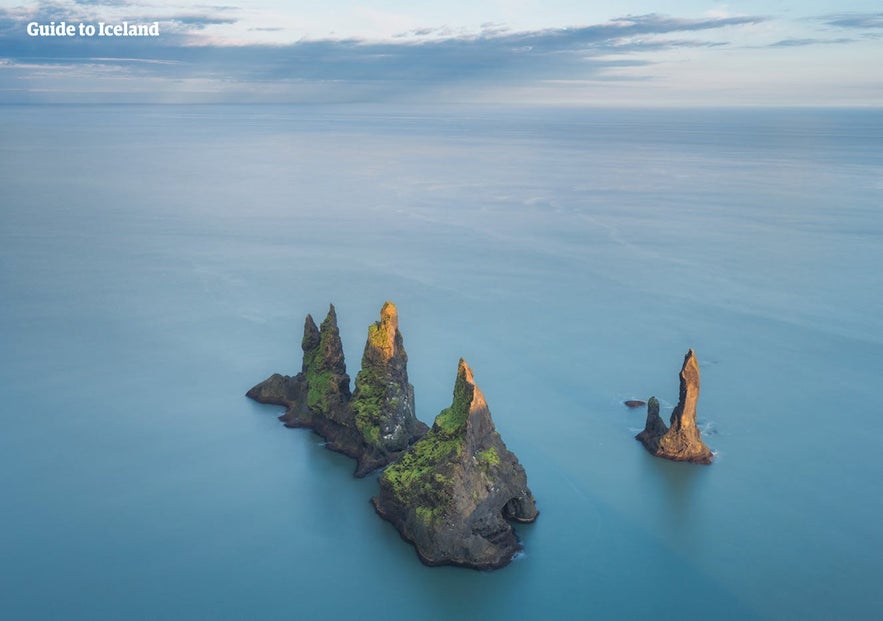
Еще одна легенда повествует о человеке, жену которого похитили и убили двое троллей. Тогда он начал их преследовать и догнал на пляже Рейнисфьяра, где превратил их в камень, чтобы они больше никому не причинили вреда.
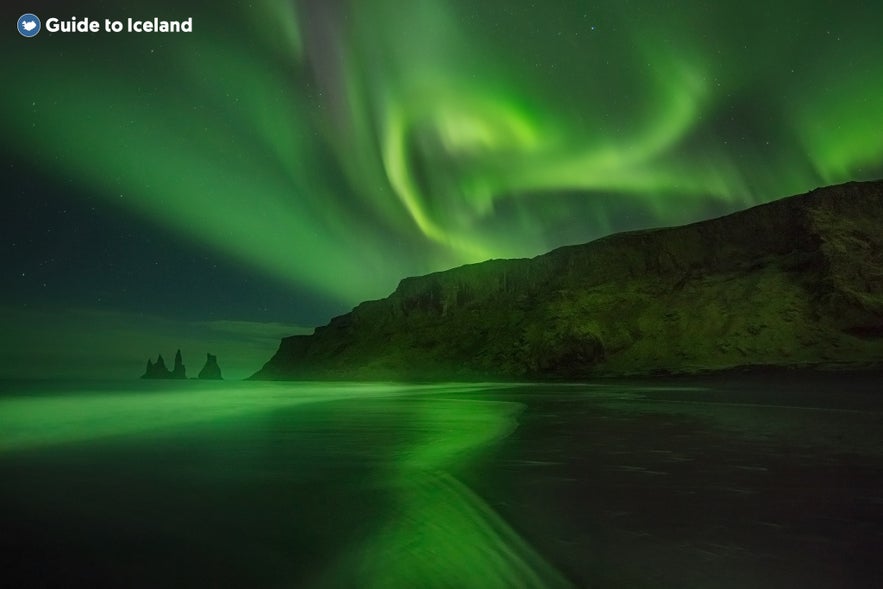 Рейнисдрангар даже «снимались» в седьмом сезоне сериала HBO «Игра престолов». Они появляются в нескольких сценах к «северу от Стены».
Рейнисдрангар даже «снимались» в седьмом сезоне сериала HBO «Игра престолов». Они появляются в нескольких сценах к «северу от Стены».
А еще на этих утесах живут тысячи птиц: тупики, глупыши, кайры. Так что это место обязательно для посещения всеми бердвотчерами!
Окрестности
Пляж Рейнисфьяра находится в очень удобном месте – аккурат в середине южного побережья, примыкая к атмосферной деревушке Вик. Это значит, что вдоль пляжа едут все, кто либо проезжает по Кольцевой дороге, либо целенаправленно едет к ледниковой лагуне Йёкюльсаурлоун. И им будет очень непросто не сделать здесь остановку.
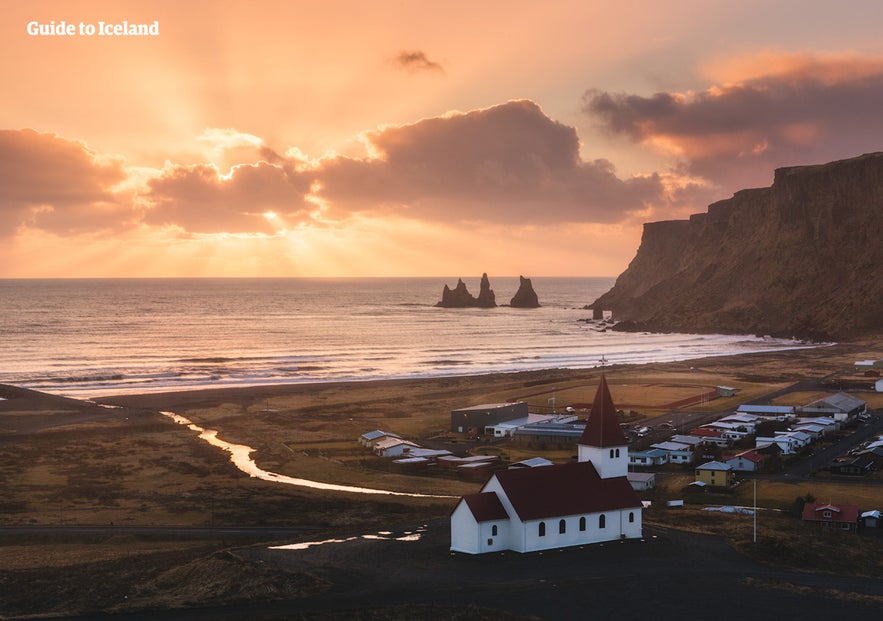 Ближайшая к Вику крупная достопримечательность – скальная арка Дирхоулаэй. Хотя на Рейнисфьяре тоже много птиц, это ничто в сравнении с Дирхоулаэем. С мая по август это одно из лучших мест, где можно увидеть тупиков с суши.
Ближайшая к Вику крупная достопримечательность – скальная арка Дирхоулаэй. Хотя на Рейнисфьяре тоже много птиц, это ничто в сравнении с Дирхоулаэем. С мая по август это одно из лучших мест, где можно увидеть тупиков с суши.
По пути на Рейнисфьяру из Рейкьявика есть водопады (Сельяландсфосс и Скоугафосс) и ледники (Эйяфьядлайёкюдль и Мирдальсйёкюдль). Если ехать по южному берегу дальше, будет национальный парк Ватнайёкюдль, который окружает множество ледниковых языков, лагун, пустыней с черным песком, а также невероятный природный заказник Скафтафедль.
Потенциальные опасности
Посетители Рейнисфьяры должны быть готовы к опасностям, которые могут их подстерегать. Особенно опасны здесь волны, которые иногда заходят на берег гораздо дальше, чем ожидается.
Такие волны появляются в самый неожиданный момент, даже в безветренную погоду. Дело в том, что на всем пути между Антарктидой и берегами Рейнисфьяры нет больших участков суши, и у волн есть тысячи километров, чтобы как следует «разбежаться».
Туристам рекомендуется не поворачиваться к волнам спиной и поддерживать дистанцию от волн как минимум 30 метров.
Помимо приливных волн, здесь действуют мощные потоки, которые могут унести зазевавшегося туриста в ледяные волны открытого океана. Летальные исходы на Рейнисфьяре нередки – последний произошел в ноябре 2022 года.
Но если поддерживать безопасную дистанцию, посещение пляжа Рейнисфьяра будет одним из самых ярких моментов вашего пребывания в Исландии!
